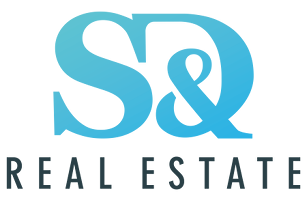Just like Real Estate, the freelance market has been heating up. According to Freelancers Union, about 35% of our country’s workforce are their own bosses.
In the past, being self-employed made the mortgage application process difficult. However, COVID-19 ran rampant through our country this year and flipped things upside down.
Here is how the process has changed:
Pre-coronavirus
To get an idea of how things have changed for self-employed borrowers, let us look back at what the process used to entail.
Self-employed borrowers include freelancers, independent contractors, business owners, and sole proprietors. The top two items these individuals needed to apply for a mortgage were the past two years of tax returns and proof of business.
Depending on how far into the calendar year you were applying, you may have also needed to provide a profit-and-loss statement. This statement showed the losses and gains of a business over time.
Aside from documenting income, self-employed borrowers also needed to meet the basic credit score and debt-to-income ratio requirements.
What is different now?
Now, much more documentation is required of self-employed borrowers. This is because the pandemic caused our economy to shift and many freelancers have found themselves in a sticky situation.
In addition to two years’ worth of tax statements and proof of business, lenders are now asking for a year-to-date profit and loss statement as well as business bank statements.
The combination of all these documents allows them to support that the borrower’s income is still stable.
These statements can be a pain to produce. However, the risk of financing a self-employed borrower has gone up since the pandemic.
Getting approved
After focusing on boosting your credit and lowering your debt-to-income ratio, you will need to work on other areas. To increase your chances of a favorable approval you will want to focus on providing as much detail as you can.
When providing a profit and loss statement, you have two choices: an audited statement vs. an unaudited statement.
An audited statement involves more time and cost, but some lenders may not need to see additional documentation if your P&L statement is audited.
An unaudited statement will almost always involve supporting documentation such as bank statements going back as far as 24 months.
If you are self-employed and looking into buying a home, this is not meant to discourage you. These extra steps are put in place to protect the lender. Also, the borrower is protected as well by securing a loan they will be able to repay.
Always talk with a few different lenders to get an idea of the process they will require you to go through.

